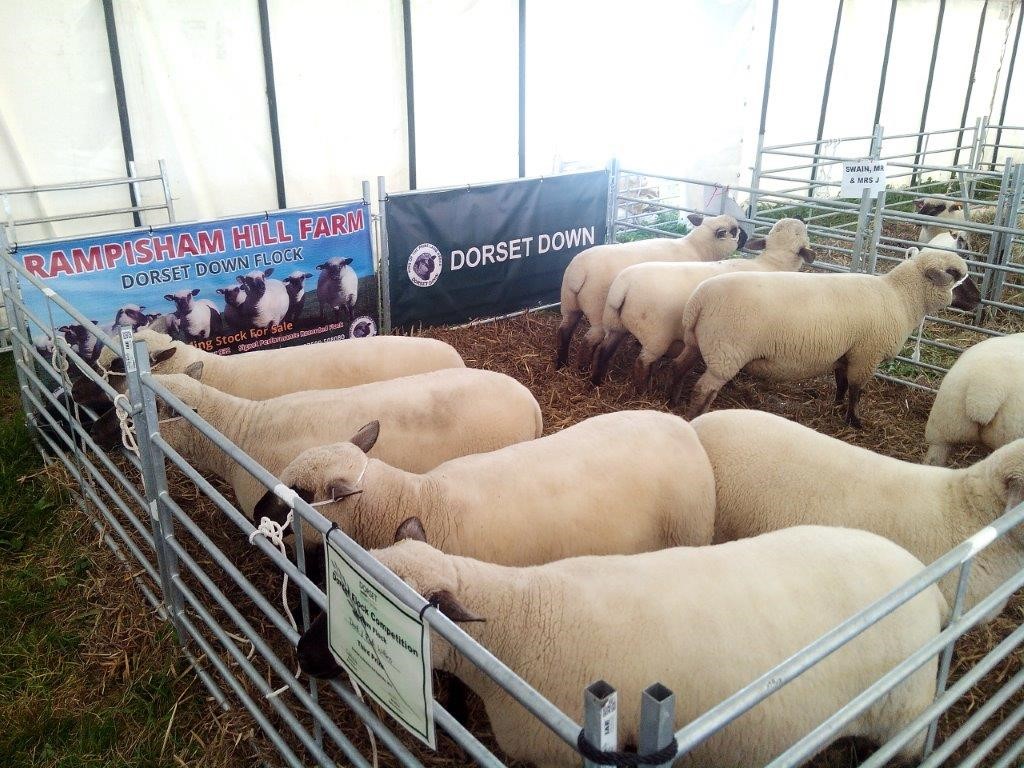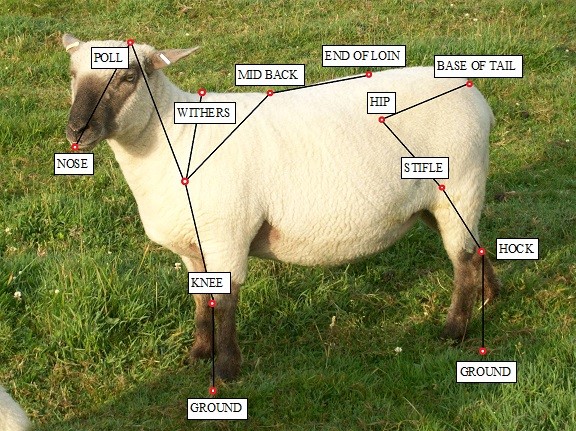HEAD – To be of a strong nature, medium brown – dark brown but not black in colour. Muzzle moderately fine in females, bold and masculine in males.
EARS – To be of medium length, carried almost horizontally above the level of the eyes, pure in colour.
TEETH – To be even and upright meeting the pad a couple of mm from the front
NECK – Short, strong and well set on the shoulders to create a smooth line to the back
LEGS – Straight, well up on the pastern joints, set one at each corner and brown in colour
SHOULDERS – Defined, but remember slimmer shoulders create this breed’s easy lambing
RUMP – Clearly defined with the tail high up giving plenty of gigot
BACK – Strong and level from shoulders to rump
HOOF – Good and solid and generally black in colour
BODY – Well fleshed, long, wide, deep and symmetrical. A broad, straight back with well-sprung ribs.
SKIN – Cherry pink skin covered with a dense, fine quality wool with no dark fibres.
WOOL – Fine fleece, good crimp & staple length with no kemp. Wool should cover cheeks, poll and forehead but should not cover the bridge of the nose, ears or under the eyes.
TEATS – Two teats with a good milky lump free udder.
TESTICLES – Testicles should be firm and springy, the epididymus should be very firm and the testicles should move freely within the scrotum. Size should be above 35 cm in diameter.
CARCASS – Single lambs can be brought up to 18 kg dressed carcass weight within 10 to 12 weeks, twin lambs to the same weight within 12 to 14 weeks, while a good lamb gains up to 0.45 kg per day liveweight.

For perfect conformation in a Dorset Down sheep, the symmetry should be right. If you measure your animal, the following inter-point distance should be of equal length:

- Tip of nose to the top of the poll
- Stifle joint to the point of the hock
- Poll to point of shoulder
- Point of the hock to the ground
- Point of shoulder to middle of the back
- Point of withers to the point of the shoulder
- Middle of back to the front end of the loin
- Point of shoulder to middle of knee joint
- Base of tail to hip joint
- Middle of knee joint to the ground
- Hip joint to stifle joint
